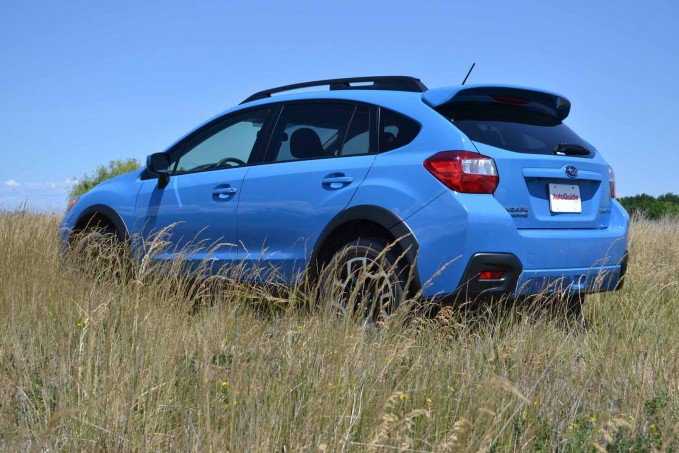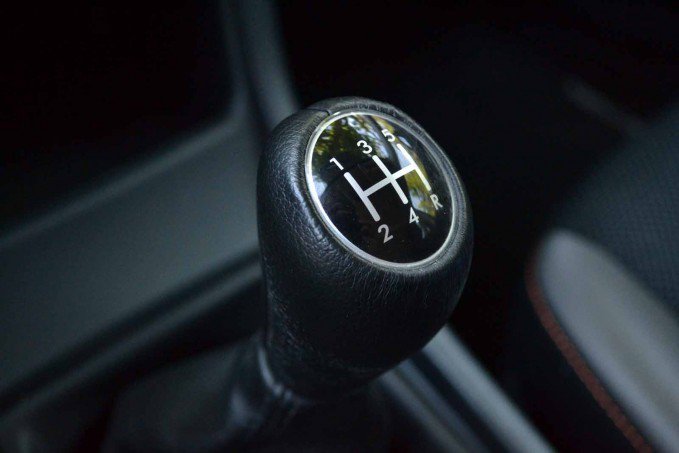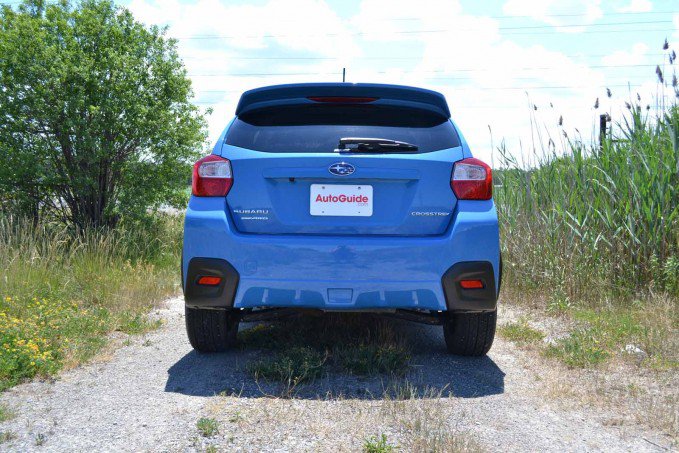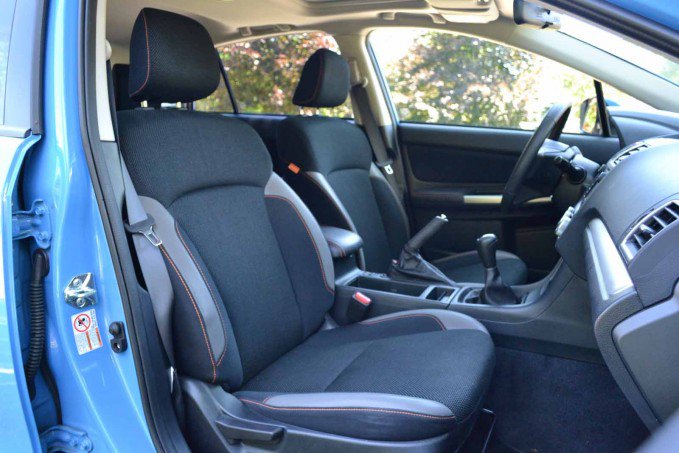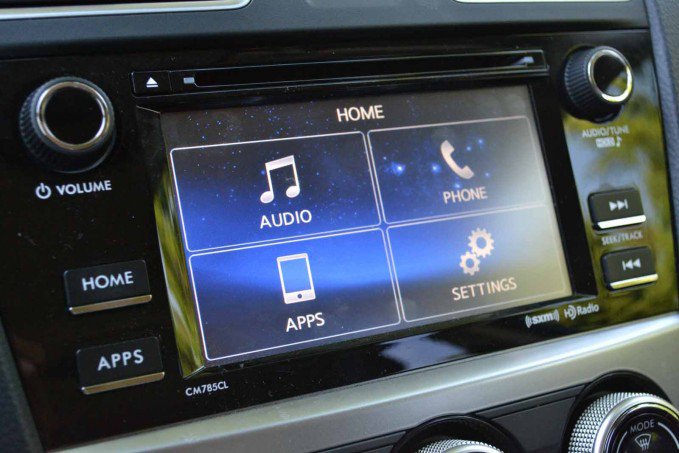A void was left in the market when the Honda Element was scrapped after the 2011 model year, one that was quickly filled by the Subaru Crosstrek.
Both took aim at the adventurous type, or at least those who like to project an image of adventure. From getting groceries to getting outdoors, you’d be hard-pressed to find better family-friendly weekend warriors.
Unlike the Element, though, the Crosstrek is usable for more than just looking like the boxes you’re carrying behind the tailgate. It’s also not a crossover but still offers the ride height and commanding view of the road consumers oh so crave. And unlike its competitors — the Honda HR-V, Mazda CX-3 and Nissan Juke, to name a few — which are largely based on subcompact architectures, the Crosstrek gets its bones from the compact Impreza, giving it a leg up when it comes to versatility.
Get the Flash Player to see this player.
Soft-Roader Extraordinaire
The Crosstrek may look like an Impreza hatch with a bunch of plastic bits bolted to the side, but it’s much more than that — kind of. Yes, the two share the same powertrain and basic architecture, but the Crosstrek sets itself apart from its platform mate almost immediately. Its wheelbase is about half an inch shorter than the Impreza hatch, and it rides much higher, with the Crosstrek’s 8.7 inches of ground clearance matching the likes of the Jeep Cherokee when it comes to clearing obstacles.
The fender flares and body cladding — that stuff’s mostly just for show. But the all-wheel drive and locking center differential that promises a 50/50 torque split — well, those are the real deal, and they bring a certain level of legitimacy to what is basically a factory frankenstein of a compact car that should have no business tackling anything more than a gravel road.
But the Crosstrek comes alive when the trail begins, and feels confident that it can tackle just about any terrain. Its engine, a 2.0-liter four-cylinder boxer, only makes 148 horsepower and 145 lb-ft of torque, but it’s more than enough for light trail duty, while the standard five-speed manual allows for the torque control necessary to negotiate less-traveled paths. The locking center diff fights off any loss of traction that inevitably occurs, and the suspension has enough travel to handle all sorts of rocks, ruts and roots.
The car’s front bumper sticks out a little further than an offroader’s should, and is easily victimized by even the slightest incline or obstacle, but the Crosstrek’s 21.1° breakover angle is almost on par with the Jeep Wrangler’s, and its 27.7° departure angle bests that of the Jeep Grand Cherokee, making for an impressively capable ride on the rough stuff.
The Crosstrek is in its element when the pavement ends, and is tons of fun to play around in. So where does it go wrong?
Lost in Translation
Get back to the asphalt and the Crosstrek loses almost all its personality. The chassis and drivetrain that is so communicative on the trail simply isn’t on the road, getting lost somewhere on the way and leaving the Crosstrek feeling like a pretty pedestrian compact that offers very little to get excited about.
The engine feels underpowered, the clutch is longer than Craig Cole’s inseam, and gear changes are finicky at best. The impossibly light clutch has to be let out in increments to avoid jarring gear changes, and running through all five speeds doesn’t take long at all. It’s also on the road where the lack of a sixth gear comes back to bite the Crosstrek, with the engine buzzing along at more than 3,000 rpm at highway speeds. If you turn down the stereo and listen closely you can hear the Crosstrek begging for a turbocharged engine and six-speed manual transmission.
Despite the lack of a sixth gear and the higher than normal engine speeds, our tester ended the week with a combined fuel economy average of 25 mpg, which is only slightly worse than the advertised combined 26 mpg, and is impressive considering how much time it spent on the trail.
Interior to the Rescue
The Crosstrek’s saving grace when it’s back to civilization is its versatile interior. It’s spacious and comfortable, and can haul around just about anything you’d want, because unlike the subcompacto-based competition, the Crosstrek’s larger dimensions translate into more passenger and cargo room.
The cabin is a pretty no-frills affair until you step up to the top-of-the-line Limited, but there’s still some value to be found in the base car and above. The cloth seats are comfortable and supportive, and are finished with orange contrast stitching. Bluetooth connectivity, cruise control and a backup camera are also along for the ride all the way through the trim range. The trunk is a good size, the rear seats fold nearly flat, and passenger room is impressive. The Crosstrek’s 22.3 cu-ft of space with the rear seats up and 51.9 cu-ft with them folded is closer to the larger Nissan Rogue than the Juke, and can easily haul around a young family and its stuff.
About the only soft spot inside is the infotainment system, which runs Subaru’s STARLINK smartphone interface. It’s frustrating to use and has to be run through a companion app on your device that is laggy and equally as baffling. It may be wise to stick to the stereo and nothing more.
The Verdict: 2016 Subaru Crosstrek
Whether Subaru knows it or not, the Crosstrek is the Honda Element reincarnate. But where the Element was quirky, inefficient and incapable of much off the asphalt, the Impreza-based Crosstrek is understated, economical and rugged enough to have a little fun.
It’s a blast on the trail but about as exciting as putting brown sugar on a bowl of oatmeal off it, and could stand to benefit from a turbocharged engine and a six-speed manual transmission. But it also drives a hard bargain, and has a clear leg up on the competition when it comes to versatility and offroad fun.







